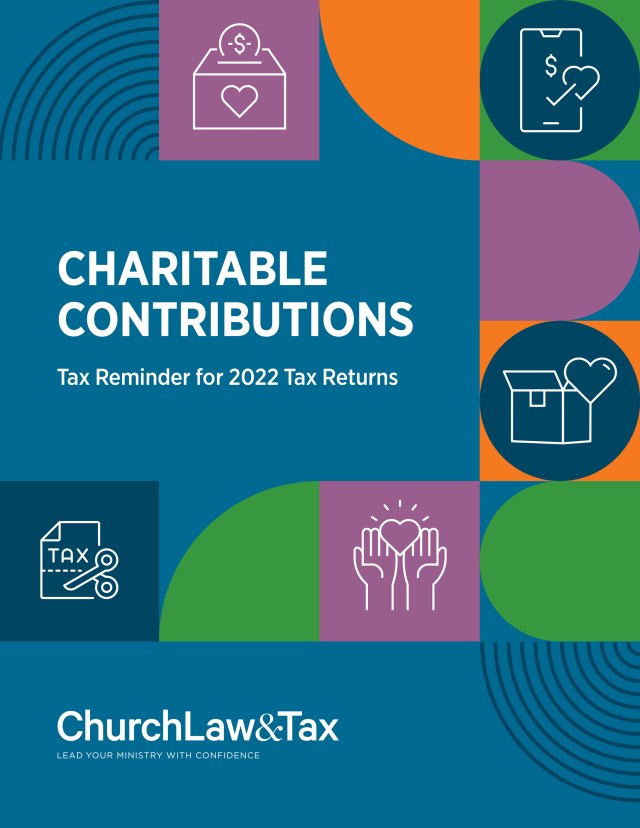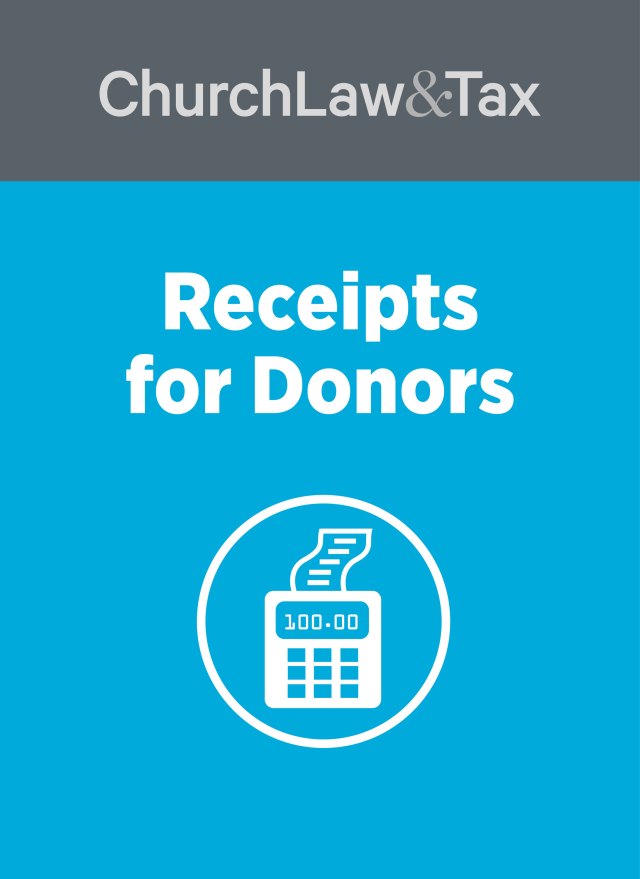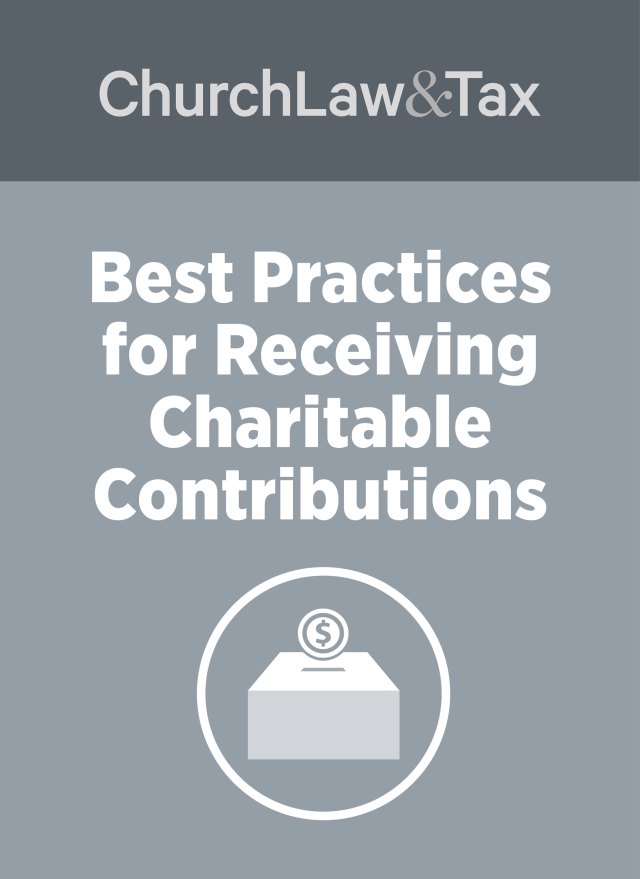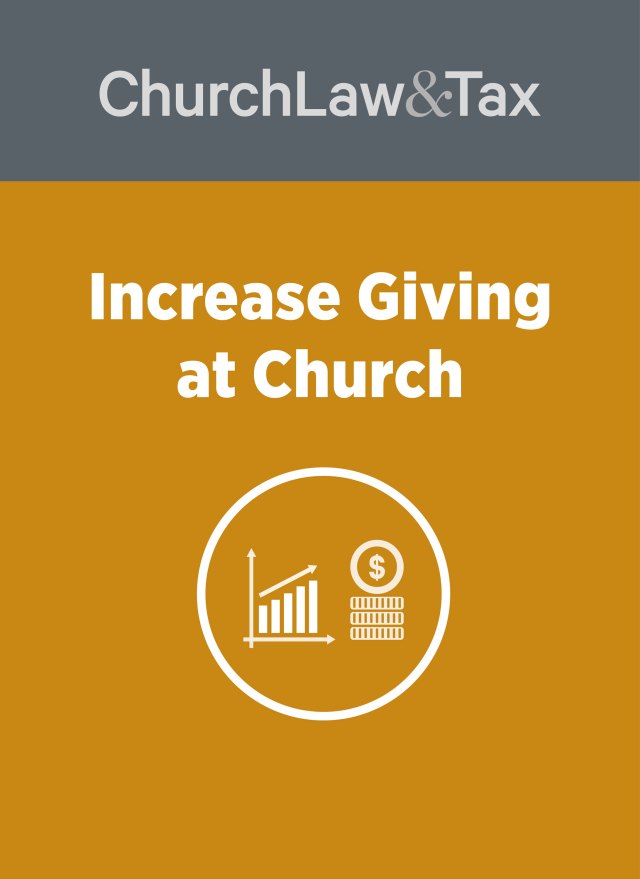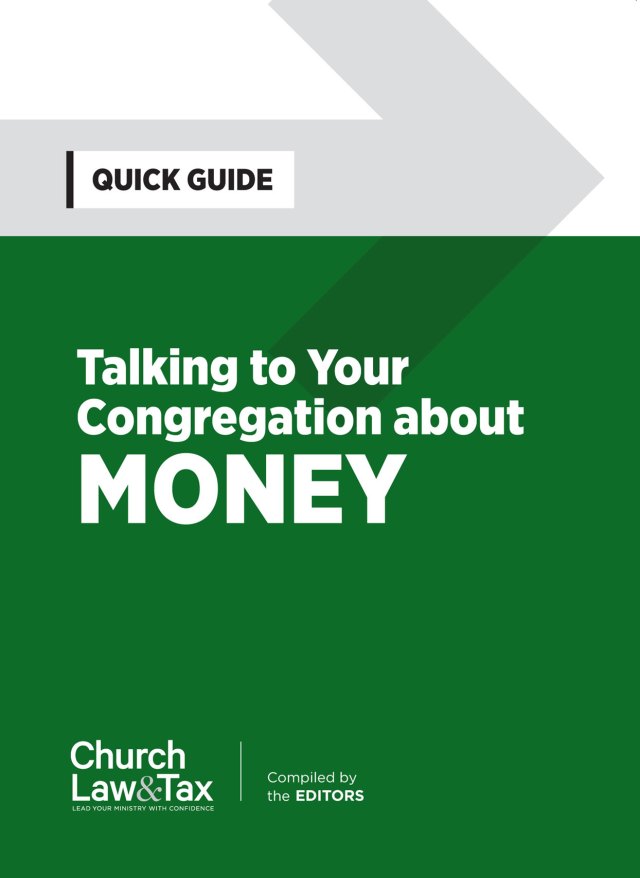This article is the first of a two-part series on substantiating noncash gifts. Part two focuses on the special rules related to donations of noncash “personal property”—such as clothing, cars, boats, household items, and stock.
A US Tax Court judge disallowed a deduction—albeit reluctantly—of $18.5 million for donations of real estate. The donors, Joseph and Shirley Mohamed, a philanthropic couple whose charitable causes included Shriners Hospitals for Children and the Sacramento Food Bank, had donated real estate worth $20.3 million several years before. They had claimed an $18.5 million deduction on their federal tax return.
The Mohameds failed to get the required appraisals for their property at the time of donation. And they lacked the mandated documentation at the time of filing. (Joseph Mohamed said he self-prepared the couple’s taxes and had failed to read instructions.)
Judge Mark Holmes stated:
We recognize that this result is harsh—a complete denial of charitable deductions to a couple that did not overvalue, and may well have undervalued, their contributions—all reported on forms that even to the Court’s eyes seemed likely to mislead someone who didn’t read the instructions. But the problems of misvalued property are so great that Congress was quite specific about what the charitably inclined have to do to defend their deductions, and we cannot in a single sympathetic case undermine those rules.
This case is an example of how good intentions don’t supersede tax law, said Ted Batson, a CPA and attorney with national nonprofit consulting firm CapinCrouse.
The threshold for substantiation and disclosure requirements for charitable contribution deductions is much lower than the multimillion dollar range, meaning compliance is crucial for most donors, not just ones with high-net worths: Totals above $500 require IRS Form 8283 to be signed by a representative of the charitable organization and submitted by the tax-payer. Donations of noncash goods above $5,000 in most categories require Form 8283 as well as an appraisal, which meets specific guidelines, to be paid for by the donor, signed by the appraiser, and submitted with the return. (Note: A written appraisal is not required if the donation involves publicly traded securities or nonpublicly traded stock valued at $10,000 or less.)
Following tax laws on donated property is very important but can seem very complicated to most people.
“This is an area where people are always behind the education curve,” said Batson, also an advisor at large for Church Law & Tax. “They deal with their mortgage interest every year, absolutely. But they don’t deal with topics like this every year, and neither do their friends and family, so they don’t have anecdotal discussions with other people in their circle.”
So, how can a church capably help donors meet those requirements?
Along with education on this topic, it’s also important to enlist professional assistance when a church finds it is in over its head, said Frank Sommerville, a CPA, attorney, and senior editorial advisor for Church Law & Tax.
“You can’t redo any of this,” Sommerville said. “You have to get it right the first time. If you don’t have the proper documentation at the time of filing, you can’t go back and get it.” So, it’s incumbent upon donors to know what is required of them—whether or not they are itemizing, he stressed.
“That’s where I see a lot of problems arise: people not knowing ahead of time what they need in order to be in compliance at the time of donation, and finding a charity that’s willing to comply with that for smaller donations. It’s not worth their time in many cases,” Sommerville said.
Substantiation requirements include determining “fair market value.” This is the standard by which valuation is assigned, and tax law stipulates how donations of different types are treated based on this amount. The responsibility for assigning a fair market value falls to the donor in all charitable-giving situations, but the amount determines what substantiation is necessary. And most of the responsibility for substantiation falls to the donor in any donation setting, Batson said.
However, churches play an important role in helping guide donors in the substantiation process.
“Your donors and their gifts are the lifeblood of your organization. Ensuring that you are in full compliance with the IRS returns your appreciation of their support,” said Joseph Scarano, CEO of Araize Inc., who helped develop software designed to aid nonprofit accounting and to promote transparency in funding.
Three key examples
To help ensure such compliance, and to understand what compliance means, consider three examples involving real estate donations.
EXAMPLE 1. A parishioner wants to give an acre of farmland worth $3,000 to his church for a building project and hopes to take a deduction for the full amount.
The donor would be required to complete IRS Form 8283 and obtain a signature from a church representative stating that the donation had been received. An appraisal is not necessary because the land valuation falls below the $5,000 threshold, said Scarano.
And the church should give the donor a written acknowledgment: “A contemporaneous written acknowledgement from your organization is required for each individual donation made by the donor,” Scarano said. Scarano’s software offers framework for letters that nonprofits may send to donors acknowledging donations, as well. By design, these letters are descriptive in terms of the gift but not the value of it, he said. (Information for written acknowledgements is also in the “Charitable Contributions” chapter of Richard R. Hammar’s 2018 Church & Clergy Tax Guide.)
EXAMPLE 2. A donor wishes to give a nonprofit a residential tract in a subdivision. The estimated value of the property is $25,000 and represents a potential tax deduction for the individual.
When the gift still is in early planning stages, the donor should review appraisal guidelines with a qualified tax professional, Batson said. This allows the individual to meet IRS guidelines for contracting a “qualified appraiser” who meets specific requirements to offer a “qualified appraisal.”
Batson said terms like “qualified appraiser” and “qualified appraisal” have specific, technical meanings in tax law. There are several stipulations that must be met under the framework of these terms, and they include provisions that the appraiser must routinely appraise the specific type of property that will be donated, that the appraiser have no affiliation with the proposed nonprofit recipient or the donor, and that the fee for the appraisal be paid to the appraiser by the donor.
The fee for the appraisal “cannot be included in the value of the donation,” Batson said. “A lot of times a donor who doesn’t know the tax law might think, If I’m going to give you this $1 million piece of property, it seems fair to me that you pay the appraisal. Well, that’s not the way tax law works. I encourage donors to count the cost of their gift, not just in terms of the donation, but in compliance. And, in this sense, that includes the cost of the appraisal.”
Again, it must be stressed that, under tax law, the burden of documentation and compliance always falls to the donor, Batson reiterated.
“It’s incumbent upon the nonprofit’s representative—the church treasurer or whomever is acknowledging receipt of the property—to read the description of the donation to make sure it is in accordance with the description of what is being donated,” he said.
He noted that if the IRS were to investigate and make inquiries, the recipient signee is accountable for having acknowledged the gift as described, but not the appraised amount.
EXAMPLE 3. A donor intends to make a gift of a tract of land with a self-estimated fair market value of $6,000. While the donor wants to claim a deduction, the donor wishes to claim a deduction of less than the value—and below the IRS threshold of $5,000—so that an appraisal is not necessary.
Is a donor allowed to underestimate the property’s value?
Yes, said Batson.
“If they don’t claim a deduction of more than $5,000, it doesn’t matter whether it’s valued at even $25,000. Because they’re not claiming more than $5,000, they’re not going to fall under the rules that apply to deductions of more than that amount,” he explained.
And, it must be stressed that the amount of the deduction of the noncash donation is what triggers specific forms and, in some instances, the appraisal—whether the donation is a tract of land, a building, or a vehicle.
Two more consideration on property substantiation
Follow all of the tax requirements for substantiation real estate gifts
“The IRS routinely wins cases where someone fails to follow these rules pretty much to the letter,” Batson said. “Because the rules are written down, the courts look at it and say, ‘You could have looked up the rules, followed these rules, and you didn’t.’
“Because there are records, we know that when the paperwork is examined, it’s examined for this purpose. If the paperwork is not in compliance, a donor’s deduction will be disallowed. And the larger the deduction a donor is claiming, the more closely it will be scrutinized,”
Before church’s accept a gift of property . . .
“Considerations such as ‘Does the donor hold title to the property?’ may mean acquiring a copy of the registered deed. Are there environmental hazards? What other consents need to be obtained? Are there restrictions on its use? If the property is leased, that opens up more considerations the church must address to help ensure the gift can provide real value for the organization,” Batson explained.
When in doubt, seek professional guidance
For every example he can think of, Batson said, more exist.
“We could cover a dozen more scenarios and still miss important details in anecdotal settings,” he said. While tax law hasn’t seen fundamental changes in his 25-year career, the tweaks to paperwork, forms, and subcategories of gifts mean the complexities have multiplied, too.
“I have to reiterate: This isn’t an area most people have experience with, and mistakes can be costly,” Batson said. “A qualified tax professional is of great worth where substantiation requirements for noncash donations are concerned.”

